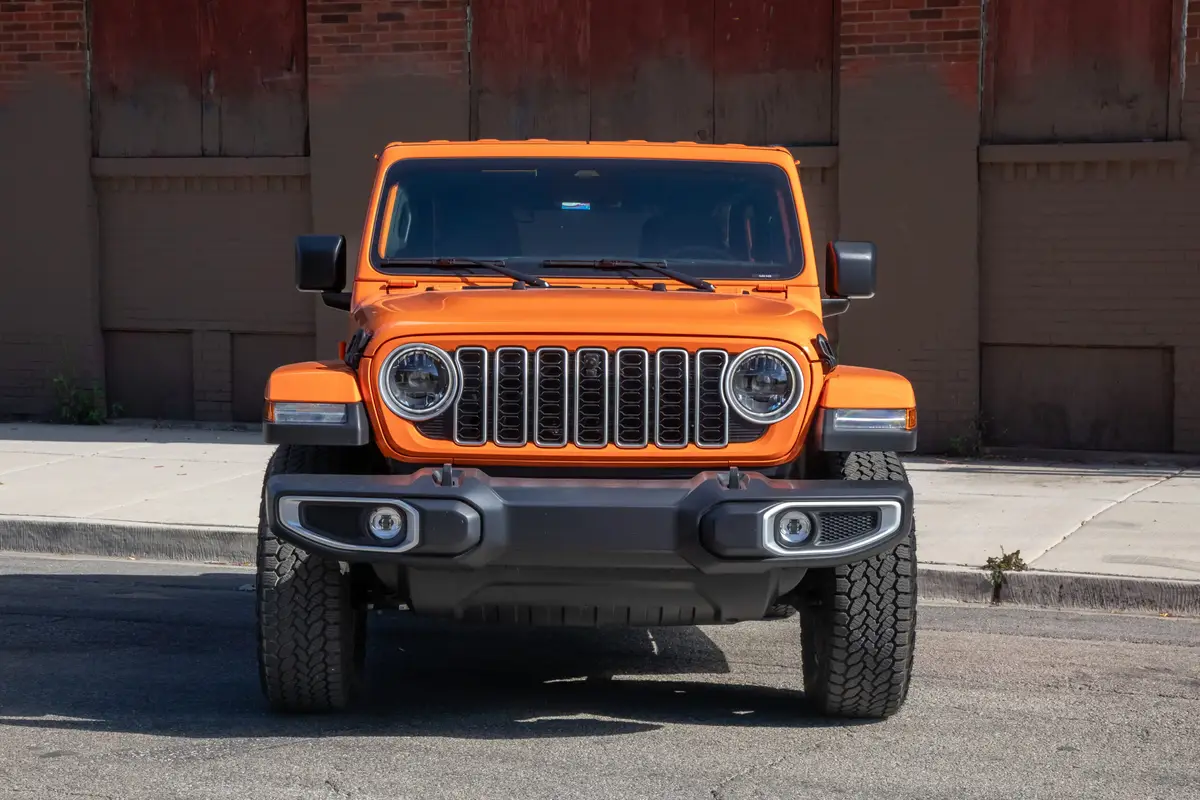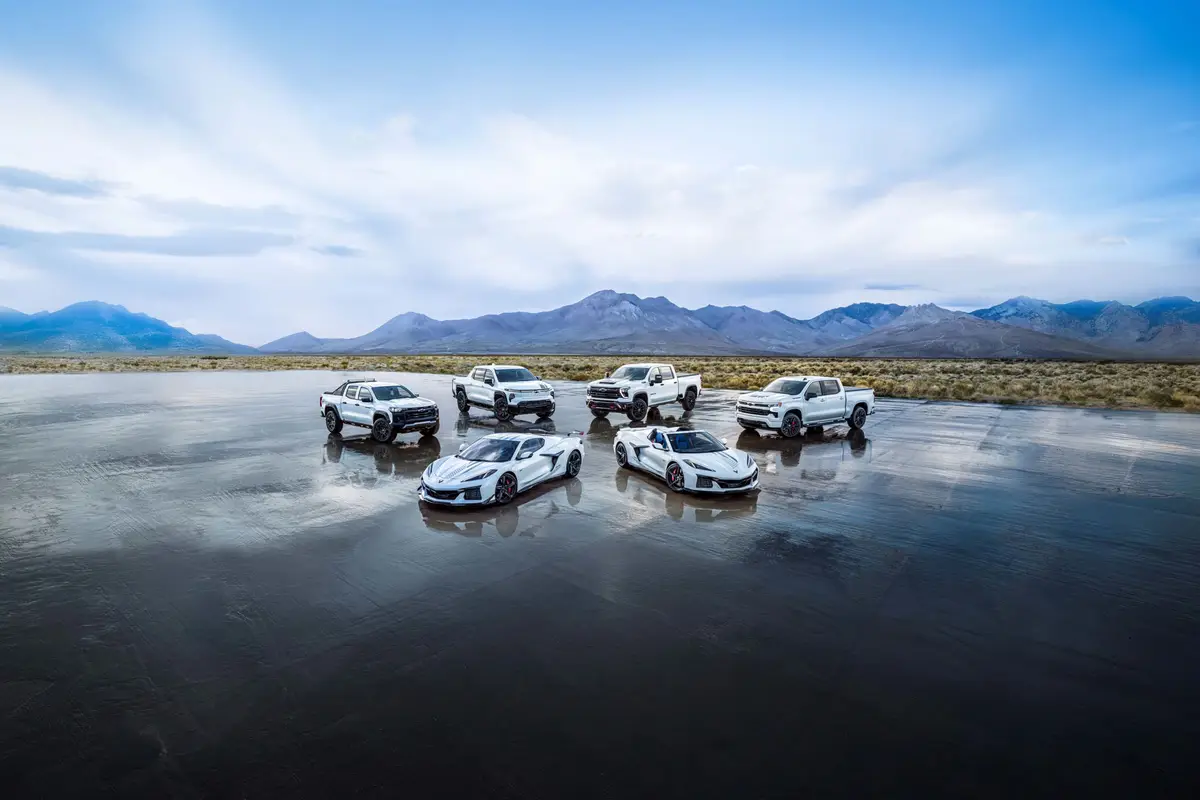washingtonpost.com's view
ON THE WEEKEND, God created snow; and it was good. I had the 1995 Ford Ranger STX, a compact, four-wheel-drive pickup truck created by man and woman in Louisville; and it was good too.
I waited for God’s snow to accumulate, which it did, wet and heavy and as much as 12 inches in some places. I drove the STX to a spot where the snow was deepest, a lonely pass in the Shenandoah Valley, and there began communion.
Even with an empty cargo bed, the STX handled reasonably well, never once skidding out of control or giving other evidence of discomposure. But it handled better when the bed was loaded, in this case with shoveled snow, nature’s ballast.
I should’ve dumped the snow before returning to the main road: On the highway, the STX became a motorized winter storm, with wind-whipped snow whirling wildly in its cargo bed and blowing onto the windshields of vehicles behind me. Soon there were no vehicles around me. I had been abandoned because of my wintry cargo.
Background: Ford introduced the Ranger in March, 1982. The truck now ranks as the best-selling compact pickup in the United States. Over the years the Ranger has stood out as a good, tough, fun-to-drive small truck — one with loyal, and sometimes, fanatical owners.
The new Ranger pickups are bound to enhance that affinity. With their rounded front ends and extensively reworked interiors, they are more attractive than their square-bodied predecessors. They’re also safer, with standard driver’s air bag and brake-shift interlock systems designed to prevent inadvertent shifts from “park” to “drive” in models with automatic transmissions.
There are 22 Ranger models sold in five trim (equipment/decor) lines: base XL, XL Sport, luxury XLT, performance four-wheel-drive STX and the luxury performance Ranger Splash. They can be bought with short or long cargo beds, step-side or regular cargo beds, short or long wheelbases, two-passenger regular cabs or four-passenger SuperCabs.
There’s also an array of Ranger engines. The STX, for example, has a standard 3-liter V-6 rated 145 horsepower at 4,800 rpm with a torque of 165 pound-feet at 3,000 rpm. The test truck came with an optional 4-liter V-6 rated 160 horsepower at 4,200 rpm with a torque of 220 pound-feet at 3,000 rpm.
The base Ranger engine is a 2.3-liter, inline-four-cylinder model, usually assigned to the rear-wheel-drive version of the truck. But the rear drives can get the 4-liter V-6 as an option.
All Rangers equipped with the 4-liter V-6 and all four-wheel-drive models get four-wheel, anti-lock brakes. Standard brakes include power front discs/rear drums. A five-speed manual gearbox is standard; an electronically controlled four-speed automatic is optional.
Complaints: Virtually no interior storage space. Tight cabin.
Praise: Overall excellent construction; rigid body; easy-to-use, dashboard-mounted, four-wheel-drive switch; really nice, smooth , optional 4-liter V-6. Standard five-speed stick shifts perfectly.
Head-turning quotient: High-fives from the garage dudes and other truck lovers.
Ride, acceleration and handling: Good small-truck ride — bouncy but not punishing; excellent acceleration with the 4-liter V-6. Excellent handling in rear-wheel-drive mode. But you gotta be careful in turns with four-wheel-drive: If you turn too quickly, you could induce some instability and scrub the tread of the front tires. With four-wheel-drive, the front wheels are doing two jobs at once — steering and helping to pull the vehicle. It cannot do both with equal efficiency. Excellent snow-road and dry-road braking. The anti-lock system works just fine.
Note: Regarding anti-locks, more car and truck owners should read their vehicle-operation manuals. Too many folks are releasing the brake pedal when they feel the normal pedal vibration signaling that the anti-lock system is engaged. Of course, releasing the brake pedal in panic stops can lead to crashes.
Mileage: In the test truck, about 17 miles per gallon (16.3-gallon tank, estimated 267-mile range on usable volume of regular unleaded). Use was mostly driver-only, largely off road in four-wheel-drive mode carrying, uhmm, a couple of hundred pounds of snow on one occasion.
Sound system: Optional Ford Premium AM/FM stereo radio and cassette with six-disc CD changer mounted behind the driver’s seat. Verrry nice.
Price: Base price is $17,232. Estimated dealer’s invoice on base model is $15,165. Price as tested is $21,030, including $3,328 in options and a $470 destination charge.
Purse-strings note: If you want to save money, go easy on the options. Compare with Chevrolet S-10/GMC Sonoma pickups and Mazda B-Series (a Ford Ranger with a Mazda nameplate).
Latest news


